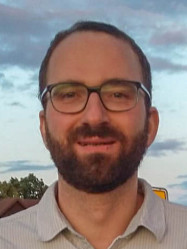BibTex format
@article{Braiman:2018:10.1016/j.cub.2018.10.057,
author = {Braiman, C and Fridman, A and Conte, MM and Vosse, HU and Reichenbach, CS and Reichenbach, J and Schiff, ND},
doi = {10.1016/j.cub.2018.10.057},
journal = {Current Biology},
pages = {3833--3839.E3},
title = {Cortical response to the natural speech envelope correlates with neuroimaging evidence of cognition in severe brain injury},
url = {http://dx.doi.org/10.1016/j.cub.2018.10.057},
volume = {28},
year = {2018}
}

